Point Hacks Past: A look back at Ansett Australia
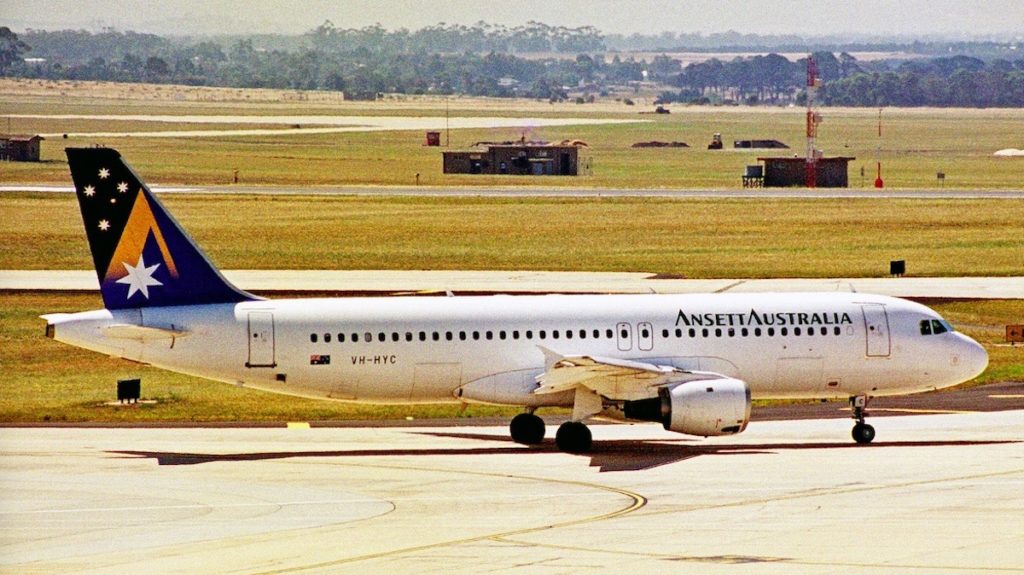
What we'll be covering
This article originally appeared on AirlineGeeks.
Australia is a large, expansive nation, with population centres on all sides of the country. With that being said, one of the biggest issues has become transporting people between these spread out cities. Numerous airlines have called the Australian skies home, but this story is the failure of one of Australia’s largest airlines, Ansett Australia.
Ansett was founded in 1935 by Reg Ansett, under the name Ansett Airways. Reg owned and operated a successful road transport business. However, these road transport companies threatened the Victorian Railway. The state government of Victoria made new regulations on these businesses to protect the railroad. Reg countered by founding Ansett, as aviation regulation was under the federal government of Australia and therefore couldn’t be stopped.
The airlines first route was between Hamilton and Melbourne, on February 17th, 1936, and was operated with Fokker monoplanes. The airline experienced immediate success and began its expansion campaign. Business was so good that the airline was floated only two years after being established. As routes were added in the time before World War Two, Ansett imported American made Lockheed L-10 Electras. When the Second World War hit, Australia became a key ally for both the British and the Americans in fighting the Japanese. Reg decided to suspend his airline’s operations, par the original route between Hamilton and Melbourne, to charter his aircraft out to the US Army Air Force.
When the war subsided, Reg faced an uphill battle to get his airline back into the Australian skies. At the time, the Australian airways were dominated by two airlines, Australian National Airways (ANA) and Trans-Australia Airways (TAA). These two ruled the skies during the 1940s and 1950s. Meanwhile, Ansett was focusing on operating in his competitors’ shadows, flying budget, interstate routes in surplus DC-3 and Convair CV-340s. This strategy began making a slow mark that wouldn’t be realized for some time.
In the mid-1950s, Australian giant ANA began to struggle financially. The government of Australia, while supporting TAA for a large amount of dividends they paid to the government, did not want TAA to hold a monopoly over the Australian sky. A deal was struck in October of 1957 that saw Ansett purchase ANA in a £3.3 million deal that was met with strong resistance from ANA’s board. The airline was renamed Ansett-ANA, which it kept until 1968.
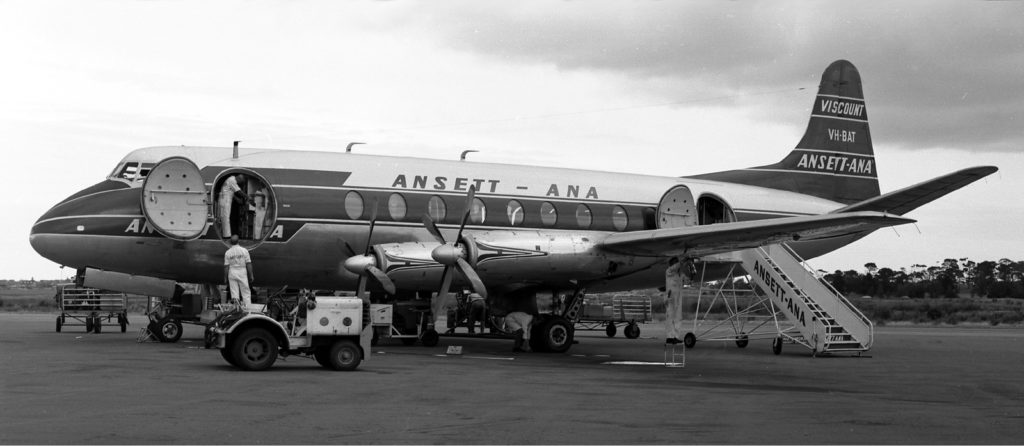
From this time until the late 1980s, Ansett experienced an excellent record of profit. This was due in part to the Australian government’s Two-Airline Policy, This policy meant that only two airlines could operate from the Australian capital Canberra and the major regional cities in the country. However, at the same time, TAA and Ansett became virtual copies of each other; they flew the same aircraft, at the same time, to the same cities, for the same fare. Government approval was needed if either airline wanted to change their fares.
After being established as one of the two dominant carriers of Australia, Reg focused on eliminating the competition on the smaller routes. He purchased smaller airlines in Australia, using aggressive tactics if necessary. He also attempted to block TAA from purchasing jetliners, citing the inexperience with jets in Australia. Instead, he was able to convince the government to allow the importation of the Lockheed L-188 Electra and more Vickers Viscounts. Jetliners wouldn’t enter the skies above Australia until 1964 when the first version of the 727 was brought to the country.
In 1979, Reg lost control of the airline when Peter Abeles of TNT and Rupert Murdoch of the News Corp. took control of Ansett, with Abeles taking operational control. Initially, the airline prospered through the early 1980s, but it became short-lived when the new ownership began making poor investment decisions. These included a stake in America West Airlines, which soon went into bankruptcy protection, and a resort on Hamilton Island that soon fell bankrupt. The airline also significantly overpaid to be the official airline of the 2000 Sydney Olympics. This left the company financially unstable.
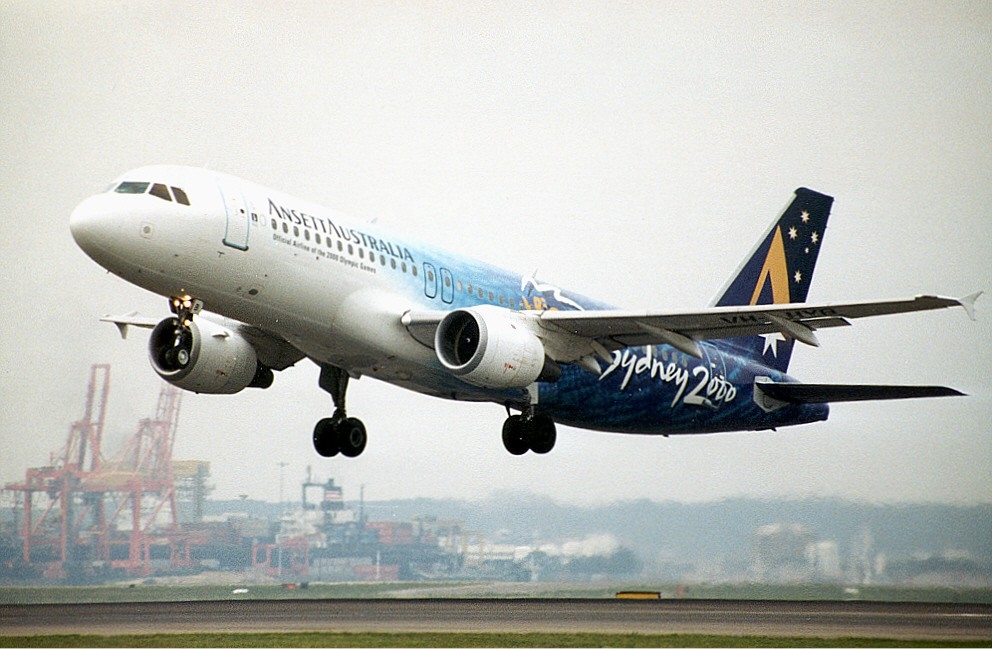
In 1987 the airline expanded across the Tasman Sea to New Zealand with its new brand, Ansett New Zealand. The airline started with 3 Boeing 737-100 flying between Auckland, Wellington, and Christchurch. Air New Zealand attempted to reciprocate this partnership by attempting to purchase shares in Qantas when the airline was floated in 1995. However, the government of Australia blocked this, and Air New Zealand instead bought a 50% share in 1996 while letting News Corp remain in control. Anti-monopoly rules meant that Ansett Australia and Ansett New Zealand had to separate. This resulted in Ansett Australia being in the hands of Air New Zealand and Ansett New Zealand being managed by News Corp.
During this process, Ansett Australia expanded internationally to the South Asia region. Destinations added to the network at this time included Hong Kong, Bali, and Shanghai. At the turn of the century, Air New Zealand took full control of Ansett from News Corp. At the same time as this takeover, Australia relaxed its rules on the aviation industry, allowing Qantas and carriers from overseas to expand in Australia and compete with Ansett. This combined with maintenance problems with their Boeing 767 fleet, an aging fleet overall, and overpaid staff meant Ansett was left limping. The airline was losing an estimated A$1.3 million per day. Air New Zealand attempted to cut costs at Ansett while trying to maintain service. This proved futile as Ansett’s financial position quickly deteriorated.
A proposed deal to save Ansett with a $500 million injection by Singapore Airlines was denied by the New Zealand government. In early September 2001, the New Zealand government bailed out Air New Zealand, purchasing 83% of the company for NZ$885 million. The deal did not save Ansett though, and pleas were made with the Australian government for Ansett to receive the same deal. No bailout came, however, and Ansett was quickly running out of money. On September 12th, Air New Zealand placed Ansett under voluntary administration. Two days later, administrators determined that it was not viable to keep Ansett flying and shut down operations. This came suddenly and at a shock to the employees of the airline, as many did not find out until they came into work the morning of the 14th. 16,000 people were left jobless, the largest job loss in Australian history and thousands of passengers were left stranded.
After the shutdown, administrators of the airline claimed Air New Zealand stripped assets from Ansett and failed to hedge fuel costs for the airline, which left it vulnerable to the wild fluctuations of fuel prices at the time. A short investigation by the administrators showed no sign of asset stripping.
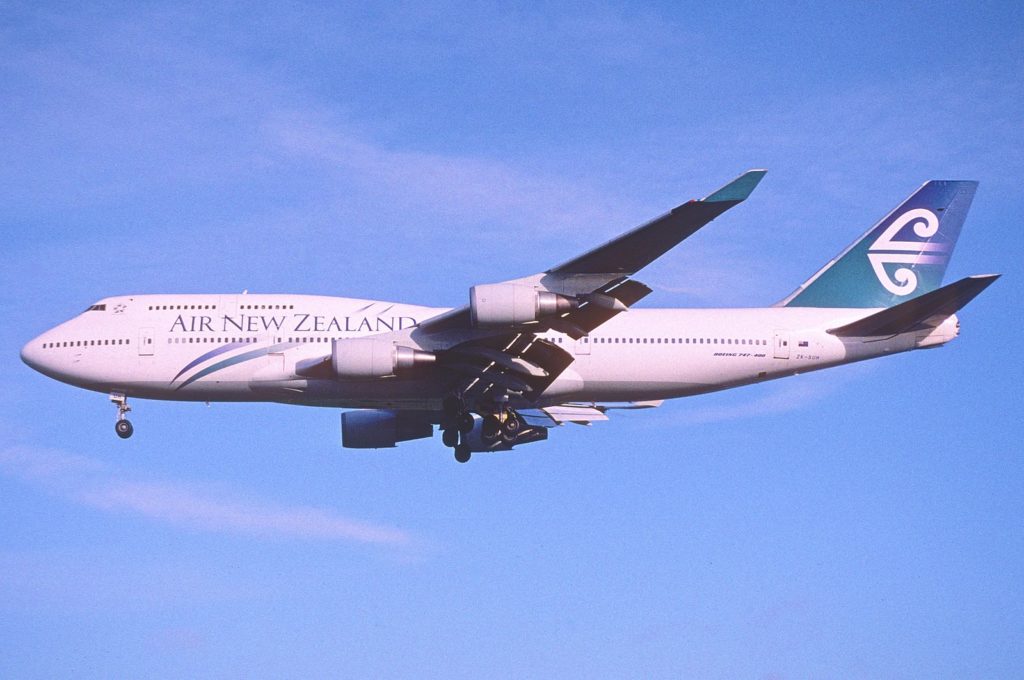
On October 1st, 2001, Ansett resumed limited service using only Airbus A320s to major cities in Australia. This operation was named Ansett II. Their purpose wasn’t to make money, but rather to try and find a buyer for Ansett and make the airline attractive. The service was cutback with only a single class service and no interlines baggage. Things looked good for the airline, and a plan was drawn up to restore full service. However, the deal fell through at the last minute when the new financial backers pulled out. With no money and no hope for a new owner, Ansett ended operations again on March 4th, 2002 bringing the end to 66 years of operations.
Although Ansett ended after much chaos, the airline was a major contributor to the aviation scene in Australia in the 1900s. They provided competition to TAA and their successor Qantas, which helped to keep fares low. The sudden demise came as a shock to many, but numerous bad financial decisions and the lack of government backing meant that Ansett was doomed since Reg Ansett left the airline.
* Featured image courtesy of by Ken Fielding /http://www.flickr.com/photos/kenfielding [CC BY-SA 3.0 (http://creativecommons.org/licenses/by-sa/3.0) or CC BY-SA 3.0 (http://creativecommons.org/licenses/by-sa/3.0)], via Wikimedia Commons.

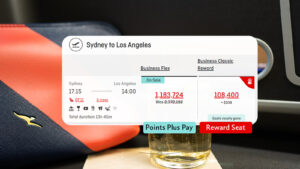
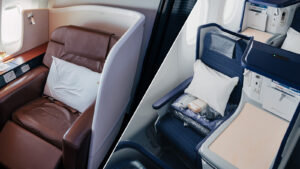
Community